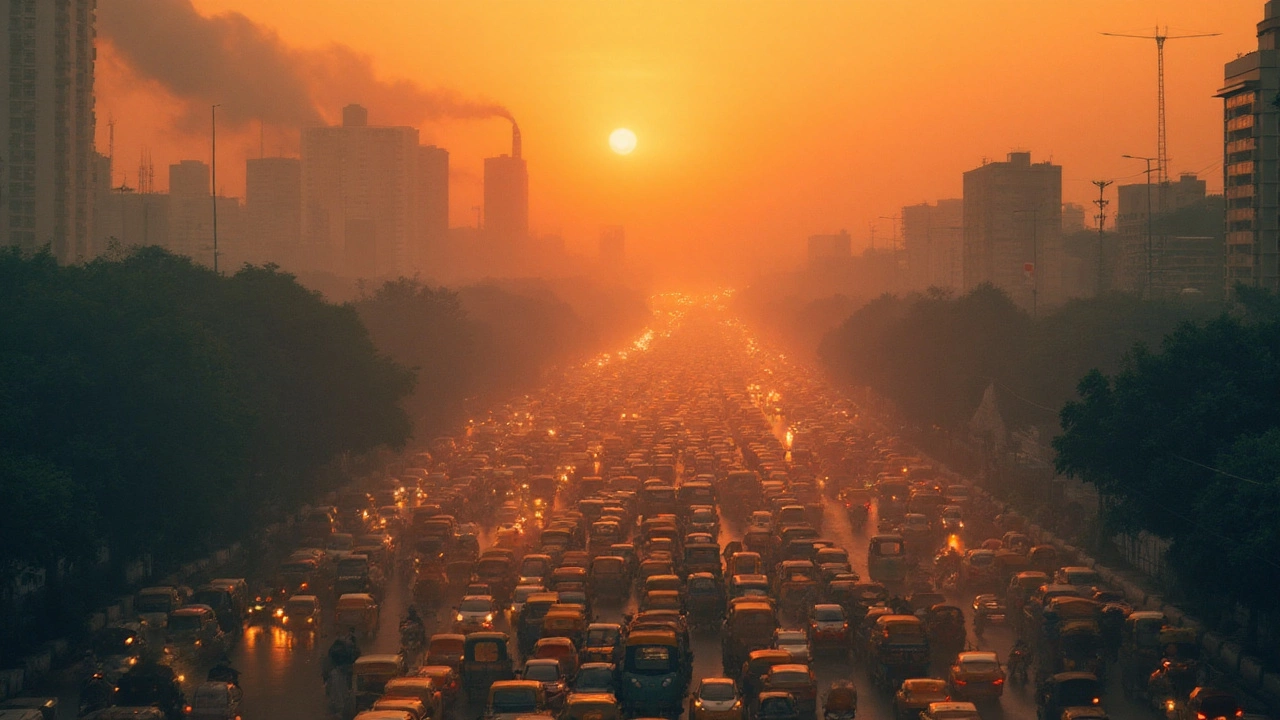Carbon Emissions: What They Are, Where They Come From, and How India Is Fighting Back
When we talk about carbon emissions, the release of carbon dioxide and other greenhouse gases into the atmosphere, mostly from burning fossil fuels. Also known as CO2 emissions, they’re the main driver of global warming and climate disruption. Every time a power plant burns coal, a car uses gasoline, or a factory runs on diesel, carbon emissions go up. In India, these emissions have grown fast with urbanization and industry—but they’re also starting to drop in key areas because of smarter choices.
The biggest source? fossil fuels, coal, oil, and natural gas used for electricity, transport, and manufacturing. But India’s energy mix is changing. renewable energy, power from the sun, wind, and other natural sources that don’t release carbon when used. Also known as clean energy, it’s now cheaper than coal in most parts of the country. Solar panels on rooftops, wind farms in Rajasthan and Tamil Nadu, and green hydrogen projects are cutting emissions without slowing growth. The result? India added more solar capacity in 2024 than any other country—and it’s not slowing down.
It’s not just about switching power sources. climate change, the long-term shift in global weather patterns caused by rising carbon levels. is forcing real action. Public health programs now track air quality in cities like Delhi. Engineers are redesigning factories to use less energy. Farmers are using AI to cut methane from rice fields. Even tech transfer—getting clean tech from labs to villages—is improving because local teams are now leading the rollout, not just following foreign models.
What you’ll find in these posts isn’t theory. It’s proof. You’ll see how wind power beats solar in lifecycle emissions. You’ll learn why renewable energy is now the cheapest option. You’ll read about real public health programs that cut pollution and save lives. And you’ll see how India’s scientists, engineers, and entrepreneurs are turning carbon emissions from a crisis into a chance to build something better.





